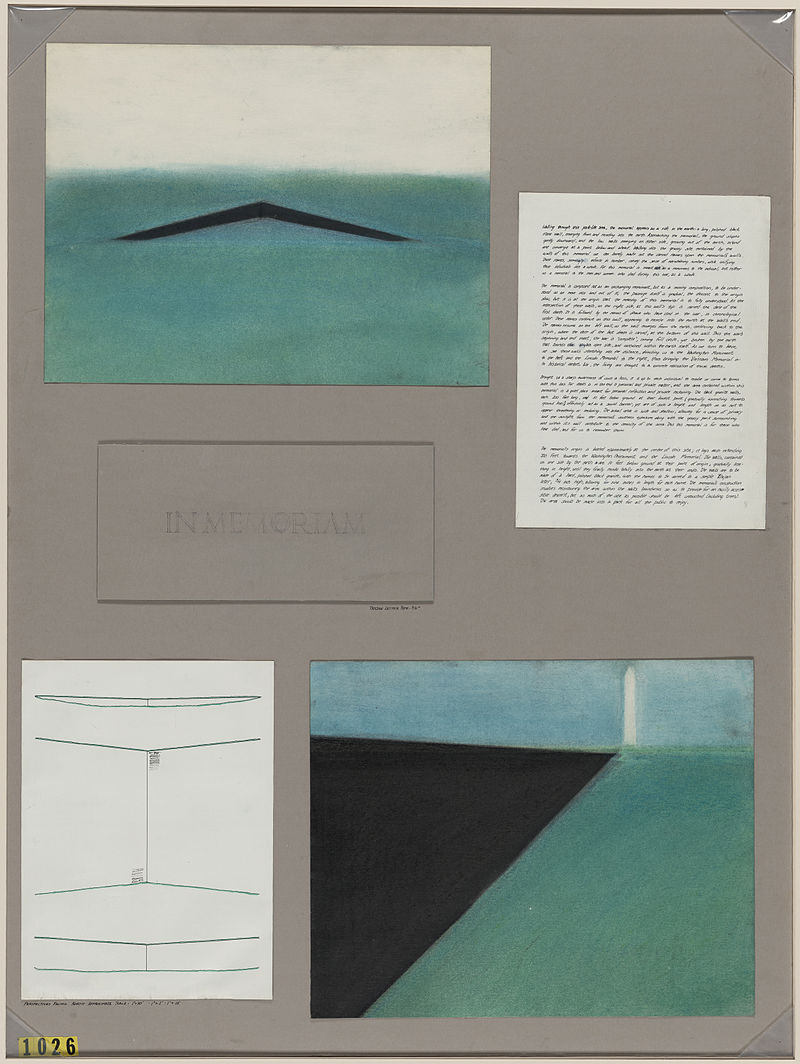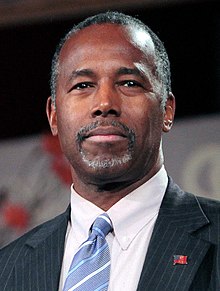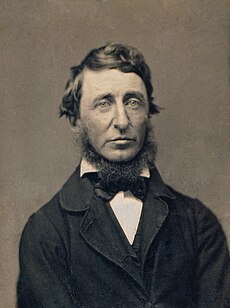May 6 is the 126th day of the year (127th in leap years) in the Gregorian calendar. There are 239 days remaining until the end of the year.
Holidays
- Christian Feast Day:
- Dominic Savio
- Evodius of Antioch (Roman Catholic Church)
- François de Laval
- Gerard of Lunel
- Lucius of Cyrene
- Petronax of Monte Cassino
- St George’s Day related observances (Eastern Orthodox Church):
- Day of Bravery, also known as Gergyovden (Bulgaria)
- Đurđevdan (Gorani, Roma)
- Police Day (Georgia)
- Yuri’s Day in the Spring (Russian Orthodox Church)
- May 6 (Eastern Orthodox liturgics)
- Earliest day on which Military Spouse Day can fall, while May 12 is the latest; celebrated on Friday before Mother’s Day (United States)
- International No Diet Day – Accept your body as it is day…..
- Martyrs’ Day (Gabon)
- Martyrs’ Day (Lebanon and Syria)
- Teachers’ Day (Jamaica)
- The first day of Hıdırellez (Turkey)
- Beverage Day
- Free Comic Book Day – first Saturday in May
- Herb Day – first Saturday in May
- Kentucky Derby Day – first Saturday in May
- National Fitness Day – first Saturday in May
- National Tourist Appreciation Day
- National Nurses Day
- No Diet Day
History
In 1527, Spanish and German troops sack Rome; some consider this the end of the Renaissance. 147 Swiss Guards, including their commander, die fighting the forces of Charles V in order to allow Pope Clement VII to escape into Castel Sant’Angelo.
In 1536, The Siege of Cuzco commences, in which Incan forces attempt to retake the city of Cuzco from the Spanish.
In 1536 – King Henry VIII of England orders English-language Bibles be placed in every church.
In 1542, Francis Xavier reaches Old Goa, the capital of Portuguese India at the time.
In 1659, English Restoration: A faction of the British Army removes Richard Cromwell as Lord Protector of the Commonwealth and reinstalls the Rump Parliament.
In 1682, Louis XIV of France moves his court to the Palace of Versailles.
In 1757, Battle of Prague – A Prussian army fights an Austrian army in Prague during the Seven Years’ War.
In 1757 – The end of Konbaung–Hanthawaddy War, and the end of Burmese Civil War (1740–1757).
In 1757, English poet Christopher Smart is admitted into St Luke’s Hospital for Lunatics in London, beginning his six-year confinement to mental asylums.
In 1782, Construction begins on the Grand Palace, the royal residence of the King of Siam in Bangkok, at the command of King Buddha Yodfa Chulaloke.
In 1801, Captain Thomas Cochrane in the 14-gun HMS Speedy captures the 32-gun Spanish frigate El Gamo.
In 1835, James Gordon Bennett, Sr. publishes the first issue of the New York Herald.
In 1840, The Penny Black postage stamp becomes valid for use in the United Kingdom of Great Britain and Ireland
In 1844, The Glaciarium, the world’s first mechanically frozen ice rink, opens.
In 1857, The British East India Company disbands the 34th Regiment of Bengal Native Infantry whose sepoy Mangal Pandey had earlier revolted against the British and is considered to be the First Martyr in the War of Indian Independence.
In 1859, Alexander von Humboldt, German geographer and explorer (b. 1769) dies peacefully in Berlin at the age of 89. He was a German (Prussian) geographer, naturalist and explorer, and the younger brother of the Prussian minister, philosopher and linguist Wilhelm von Humboldt (1767–1835). Humboldt’s quantitative work on botanical geography laid the foundation for the field of biogeography. Between 1799 and 1804, Humboldt travelled extensively in Latin America, exploring and describing it for the first time from a modern scientific point of view. His description of the journey was written up and published in an enormous set of volumes over 21 years. He was one of the first to propose that the lands bordering the Atlantic Ocean were once joined (South America and Africa in particular). Later, his five-volume work, Kosmos (1845), attempted to unify the various branches of scientific knowledge. Humboldt supported and worked with other scientists, including Joseph-Louis Gay-Lussac, Justus von Liebig, Louis Agassiz, Matthew Fontaine Maury, Georg von Neumayer, and most notably, Aimé Bonpland, with whom he conducted much of his scientific exploration.
In 1861, American Civil War: Arkansas secedes from the Union.
In 1861, American Civil War: Richmond, Virginia is declared the new capital of the Confederate States of America.
In 1862, Henry David Thoreau, American author and philosopher (b. 1817) dies after a long illness at the age of 44. He was an American author, poet, philosopher, abolitionist, naturalist, tax resister, development critic, surveyor, historian, and leading transcendentalist. He is best known for his book Walden, a reflection upon simple living in natural surroundings, and his essay Resistance to Civil Government (also known as Civil Disobedience), an argument for disobedience to an unjust state. Thoreau’s books, articles, essays, journals, and poetry total over 20 volumes. Among his lasting contributions are his writings on natural history and philosophy, where he anticipated the methods and findings of ecology and environmental history, two sources of modern-day environmentalism. His literary style interweaves close natural observation, personal experience, pointed rhetoric, symbolic meanings, and historical lore, while displaying a poetic sensibility, philosophical austerity, and “Yankee” love of practical detail. He was also deeply interested in the idea of survival in the face of hostile elements, historical change, and natural decay; at the same time he advocated abandoning waste and illusion in order to discover life’s true essential needs
In 1863, American Civil War: The Battle of Chancellorsville ends with the defeat of the Army of the Potomac by Confederate troops.
In 1877, Chief Crazy Horse of the Oglala Sioux surrenders to United States troops in Nebraska.
In 1882, Thomas Henry Burke and Lord Frederick Cavendish are stabbed and killed during the Phoenix Park Murders in Dublin.
In 1882, The United States Congress passes the Chinese Exclusion Act.
In 1889, The Eiffel Tower is officially opened to the public at the Universal Exposition in Paris.
In 1902, Macario Sakay establishes the Tagalog Republic with himself as President.
In 1902, Bret Harte, American author (b. 1836) died of throat cancer and is buried at Frimley. He was an American author and poet, best remembered for his accounts of pioneering life in California. Several film versions of “The Outcasts of Poker Flat” have been made, including one in 1937 with Preston Foster and another in 1952 with Dale Robertson. Tennessee’s Partner (1955) with John Payne and Ronald Reagan was based on a story of the same name. Paddy Chayefsky‘s treatment of the film version of Paint Your Wagon seems to borrow from “Tennessee’s Partner”: two close friends – one named “Pardner” – share the same woman. The spaghetti western Four of the Apocalypse is based on “The Outcasts of Poker Flat” and “The Luck of Roaring Camp”.
In 1910, George V becomes King of the United Kingdom upon the death of his father, Edward VII.
In 1916, 21 Lebanese nationalists executed in the Martyrs’ Square, Beirut by Jamal Pasha, the Ottoman wāli.

In 1919, L. Frank Baum, American author (b. 1856) died after suffering a stroke the previous day. He was also known as L. Frank Baum, was an American author of children’s books, best known for writing The Wonderful Wizard of Oz. He wrote thirteen novel sequels, nine other fantasy novels, and a host of other works (55 novels in total, plus four “lost” novels, 83 short stories, over 200 poems, an unknown number of scripts, and many miscellaneous writings), and made numerous attempts to bring his works to the stage and screen. His works anticipated such century-later commonplaces as television, augmented reality, laptop computers (The Master Key), wireless telephones (Tik-Tok of Oz), women in high risk, action-heavy occupations (Mary Louise in the Country), and the ubiquity of advertising on clothing (Aunt Jane’s Nieces at Work).
In 1933, The Deutsche Studentenschaft attacked Magnus Hirschfeld‘s Institut für Sexualwissenschaft, later burning many of its books.
In 1935, New Deal: Executive Order 7034 creates the Works Progress Administration.

In 1935, The first flight of the Curtiss P-36 Hawk.
The Curtiss Hawk Model 75, is an American-designed and built fighter aircraft of the 1930s and 40s. A contemporary of the Hawker Hurricane and Messerschmitt Bf 109, it was one of the first of a new generation of combat aircraft—a sleek monoplane design with a retractable undercarriage making extensive use of metal in its construction.
Perhaps best known as the predecessor of the Curtiss P-40 Warhawk, the P-36 saw little combat with the United States Army Air Forces during World War II. It was the fighter used most extensively and successfully by the French Air Force during the Battle of France. The P-36 was also ordered by the governments of the Netherlands and Norway but did not arrive in time to see action before both were occupied by Nazi Germany. The type was also manufactured under license in China, for the Republic of China Air Force, as well as in British India, for the Royal Air Force (RAF) and Royal Indian Air Force (RIAF).
Axis and co-belligerent air forces also made significant use of captured P-36s. Following the fall of France and Norway in 1940, several dozen P-36s were seized by Germany and transferred to Finland; these aircraft saw extensive action with the Finnish Air Force against the Soviet Air Forces. The P-36 was also used by Vichy French air forces in several minor conflicts; in one of these, the Franco-Thai War of 1940–41, P-36s were used by both sides.
In 1937, Hindenburg disaster: The German zeppelin Hindenburg catches fire and is destroyed within a minute while attempting to dock at Lakehurst, New Jersey. Thirty-six people are killed.
In 1940, John Steinbeck is awarded the Pulitzer Prize for his novel The Grapes of Wrath.
In 1941, At California‘s March Field, Bob Hope performs his first USO show.
In 1941, The first flight of the Republic P-47 Thunderbolt.
In 1942, World War II: On Corregidor, the last American forces in the Philippines surrender to the Japanese.
In 1945, World War II: Axis Sally delivers her last propaganda broadcast to Allied troops.
In 1945, World War II: The Prague Offensive, the last major battle of the Eastern Front, begins.
In 1949, EDSAC, the first practical electronic digital stored-program computer, runs its first operation.
In 1954, Roger Bannister becomes the first person to run the mile in under four minutes.
In 1960, More than 20 million viewers watch the first televised royal wedding when Princess Margaret marries Anthony Armstrong-Jones at Westminster Abbey.
In 1962, St. Martín de Porres is canonized by Pope John XXIII.
In 1966, Myra Hindley and Ian Brady are sentenced to life imprisonment for the Moors murders in England.
In 1972, Deniz Gezmiş, Yusuf Aslan and Hüseyin İnan are executed in Ankara for attempting to overthrow the Constitutional order.
In 1976, An earthquake strikes the Friuli region of northeastern Italy, causing 989 deaths and the destruction of entire villages.

In 1981, A jury of architects and sculptors unanimously selects Maya Ying Lin‘s design for the Vietnam Veterans Memorial from 1,421 other entries.
In 1983, The Hitler Diaries are revealed as a hoax after examination by experts.
In 1984, 103 Korean Martyrs are canonized by Pope John Paul II in Seoul.
In 1989, Cedar Point opens Magnum XL-200, the first roller coaster to break the 200 ft height barrier, therefore spawning what is known as the “coaster wars”.
In 1991, Wilfrid Hyde-White, English actor (b. 1903) died in 1991 at the Motion Picture Country Home in Woodland Hills, Los Angeles, California from natural causes, six days before his 88th birthday. He was an English character actor of stage, film and television, who achieved international recognition in his later years as Colonel Pickering in the 1964 film My Fair Lady.
In 1992, Marlene Dietrich, German-American actress and singer (b. 1901) died of renal failure at her apartment in Paris at age 90. She was a German actress and singer. Dietrich remained popular throughout her long career by continually re-inventing herself, professionally and characteristically. In the Berlin of the 1920s, she acted on the stage and in silent films. Her performance as Lola-Lola in The Blue Angel (1930), directed by Josef von Sternberg, brought her international fame and garnered her a contract with Paramount Pictures in the US. Hollywood films such as Shanghai Express (1932) and Desire (1936) capitalised on her glamour and exotic looks, cementing her stardom and making her one of the highest-paid actresses of the era. Dietrich became a U.S. citizen in 1939, and throughout World War II she was a high-profile frontline entertainer. Although she still made occasional films in the post-war years, Dietrich spent most of the 1950s to the 1970s touring the world as a successful show performer. In 1999, the American Film Institute named Dietrich the ninth-greatest female star of all time. Dietrich was known to have strong political convictions and the mind to speak them. In interviews, Dietrich stated that she had been approached by representatives of the Nazi Party to return to Germany but had turned them down flat. Dietrich, a staunch anti-Nazi, became an American citizen.
In 1994, Queen Elizabeth II of the United Kingdom and French President François Mitterrand officiate at the opening of the Channel Tunnel.
In 1994, Former Arkansas state worker Paula Jones files a lawsuit against United States President Bill Clinton, alleging that he had sexually harassed her in 1991.
In 1996, The body of former CIA director William Colby is found washed up on a riverbank in southern Maryland, eight days after he disappeared.
In 1997, The Bank of England is given independence from political control, the most significant change in the bank’s 300-year history.

In 1998, Kerry Wood strikes out 20 Houston Astros to tie the major league record held by Roger Clemens. He threw a one-hitter and did not walk a batter in his 5th career start.
In 1998, Steve Jobs of Apple Inc. unveils the first iMac.
In 1999, The first elections to the devolved Scottish Parliament and Welsh Assembly are held.
In 2001, During a trip to Syria, Pope John Paul II becomes the first pope to enter a mosque.
In 2013, Three women missing for more than a decade are found alive in the U.S. city of Cleveland, Ohio, while a 52-year-old man, Ariel Castro, is taken into custody.

In 2015, Before a packed audience at the Detroit Music Hall, Dr. Ben Carson made a huge announcement. The conservative movement champion, who became famous for explaining to President Obama just how awful Obamacare is, is ready to take Obama’s job. As Carson said today, “I’m Ben Carson and I’m a candidate for president of the United States.” Sadly, Dr. Carson lost his mother in the same 24 hours he announced his candidacy.






